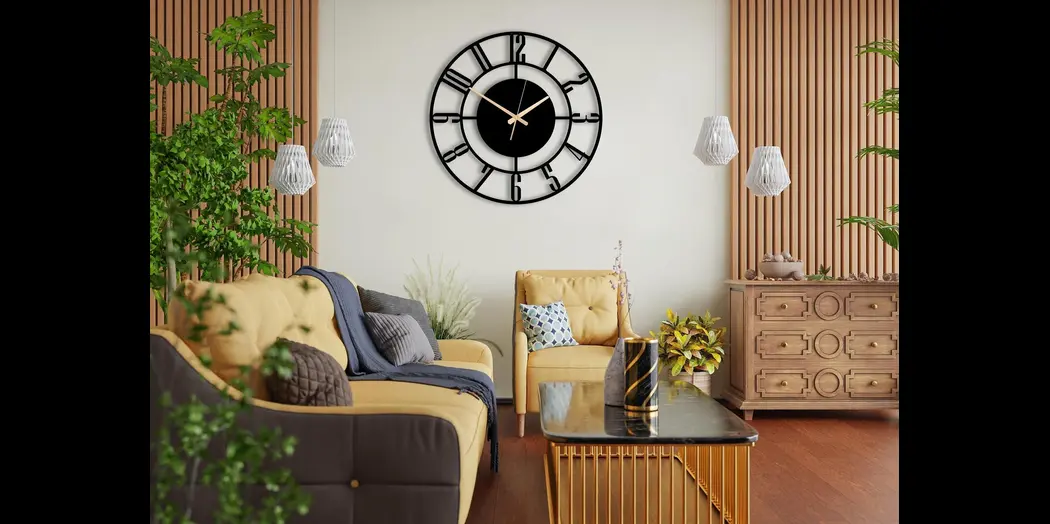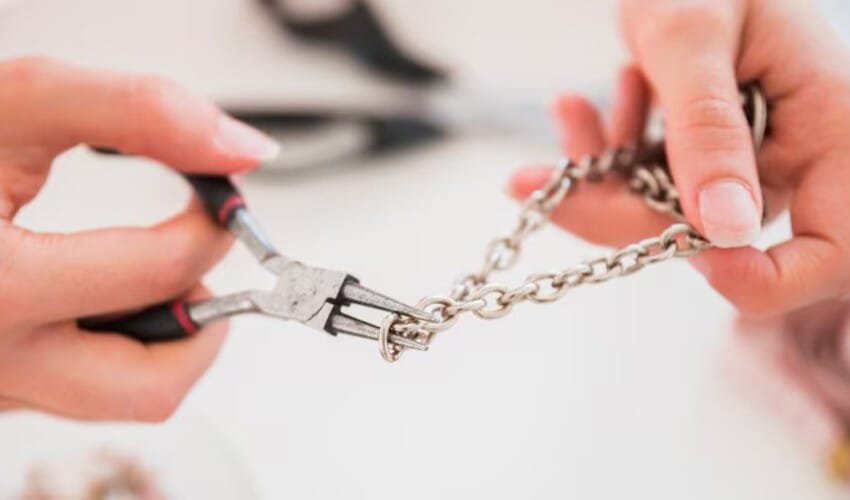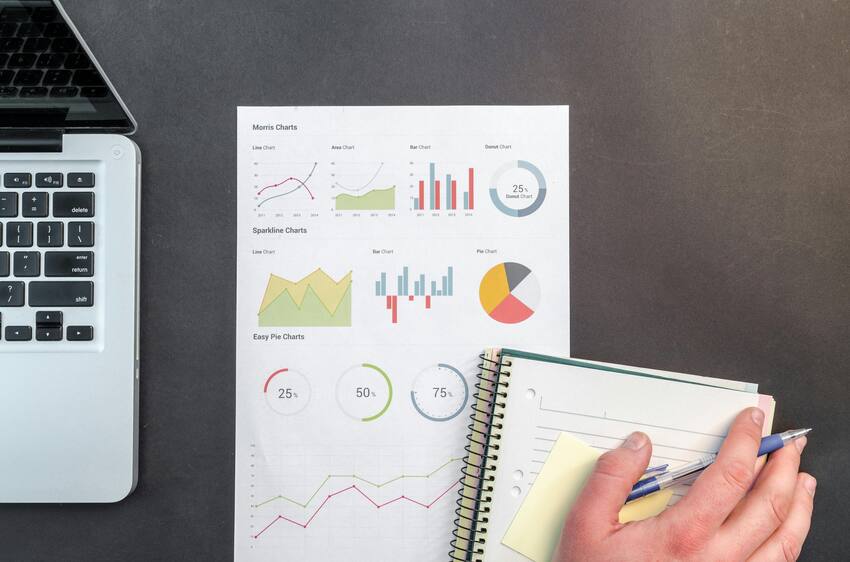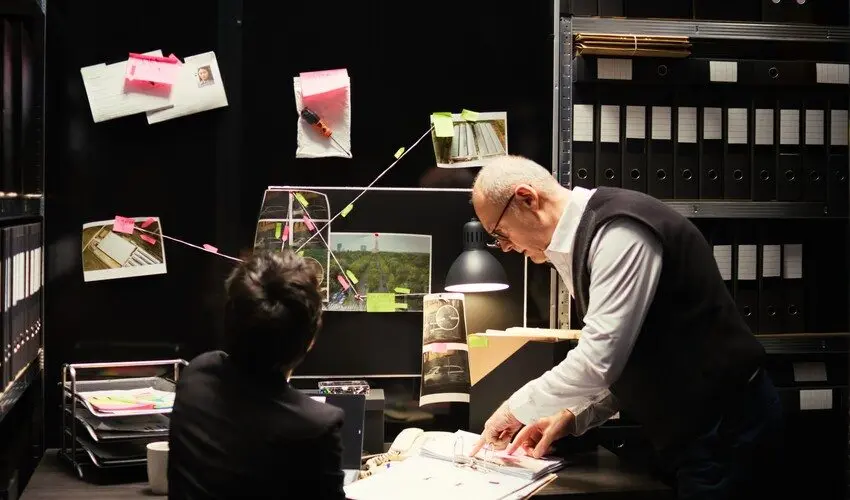Dental 3D printing in Dubai has rapidly evolved to become a transformative technology in the field of dentistry. It enables the creation of highly customized and precise dental prosthetics and restorations, improving patient care and outcomes.
The choice of materials in 3D printing is pivotal, as it significantly influences the quality, biocompatibility, and aesthetics of the final dental product. In this article, we will explore the commonly used materials for dental 3D printing in Dubai, their characteristics, and their suitability for various applications within the dental industry.
1. Polymers and Resins
Polymeric Materials for Dental 3D Printing
Polymers and resins are among the most commonly used materials in dental 3D printing, particularly in Dubai, where the technology is advancing at a rapid pace. These materials offer various advantages, including affordability and ease of use. However, the choice of polymer or resin can vary based on the specific dental application.
Photopolymer Resins:
Photopolymer resins are the most prevalent materials for dental 3D printing in Dubai. They are cured, layer by layer, using light exposure, often ultraviolet or visible light. This curing process results in hardened and highly detailed dental structures.
Advantages:
- Excellent accuracy and detail.
- Wide range of colors and translucencies for aesthetic restorations.
- Biocompatible options for dental use.
- Suitable for a variety of applications, including crowns, bridges, dentures, and surgical guides.
Photopolymer resins are known for their impressive accuracy, making them ideal for creating intricate dental structures. Dentists and technicians in Dubai rely on these materials to produce dental crowns, bridges, dentures, and even surgical guides, ensuring both precision and biocompatibility.
Polyjet Materials:
Polyjet 3D printing technology in Dubai also utilizes photopolymer resins. This technology is renowned for its ability to produce multi-material and multi-color dental models, making it suitable for applications where aesthetics and functionality are equally important.
Advantages:
- Multi-material and multi-color capabilities.
- Smooth and detailed surface finish.
- High precision and accuracy.
- Suitable for creating dental models, clear aligners, and prosthetic prototypes.
Polyjet 3D printing is particularly beneficial when aesthetics and functionality are both essential. It allows for the production of highly detailed and multi-material dental models, making it suitable for dental applications such as clear aligners and prosthetic prototypes.
2. Metals
Metal Materials for Dental 3D Printing
In addition to polymers and resins, metals are gaining prominence in dental 3D printing in Dubai, especially for applications such as dental implants and removable partial dentures.
Cobalt-Chrome (Co-Cr):
Cobalt-chrome alloys are commonly used in dental 3D printing for applications like removable partial dentures and dental frameworks. These materials are known for their strength and durability.
Advantages:
- High strength and corrosion resistance.
- Biocompatibility.
- Suitable for applications requiring precision and longevity, such as dental frameworks.
Cobalt-chrome alloys are prized for their robustness and resistance to corrosion, making them suitable for long-term dental applications. The biocompatibility of these materials ensures patient safety, an essential consideration in Dubai’s dental industry.
Titanium:
Titanium and titanium alloys are preferred materials for dental implant applications. Their biocompatibility and exceptional strength make them an ideal choice for creating implant fixtures.
Advantages:
- Excellent biocompatibility.
- High strength-to-weight ratio.
- Corrosion resistance.
- Well-suited for dental implant fixtures, ensuring long-lasting and stable replacements.
Titanium’s biocompatibility and strength-to-weight ratio make it a superior choice for dental implant fixtures. In Dubai, where dental implant procedures are in high demand, the use of titanium ensures the reliability and longevity of these crucial dental replacements.
3. Ceramics
Ceramic Materials for Dental 3D Printing
Ceramic materials are favored for their natural appearance and biocompatibility. They are widely used in dental 3D printing for applications that require excellent aesthetics.
Zirconia:
Zirconia, a type of ceramic, is extensively used in dental 3D printing for producing crowns, bridges, and dental implant abutments. It is valued for its high strength and natural appearance.
Advantages:
- Exceptional strength and durability.
- Natural tooth-like appearance.
- Biocompatible.
- Suitable for aesthetic dental restorations, including crowns, bridges, and abutments.
Zirconia’s strength, combined with its natural appearance, makes it an ideal choice for dental restorations that need to withstand the rigors of daily use while maintaining a pleasing aesthetic appearance.
4. Composite Materials
Hybrid Materials for Dental 3D Printing
Composite materials are a relatively recent addition to the materials used in dental 3D printing. They offer a combination of resin and other materials, such as glass or ceramics, to provide enhanced properties for specific dental applications.
Composite Resins:
Composite resins are used in dental 3D printing for applications such as dental splints and occlusal guards. These materials combine the benefits of resin and added strength from other materials.
Advantages:
- Biocompatible.
- Enhanced strength and durability.
- Suitable for dental splints and occlusal guards.
Composite resins provide an advantageous balance between biocompatibility and strength, making them suitable for dental applications like splints and occlusal guards in Dubai, where patient comfort and oral health are of utmost importance.
5. Biocompatible Materials
Ensuring Patient Safety in Dubai
Biocompatibility is a critical factor in dental 3D printing materials. Dental prosthetics and restorations must be made from materials that are safe for intraoral use. Many of the materials mentioned above, such as photopolymer resins, cobalt-chrome, titanium, and zirconia, are chosen for their biocompatibility. In Dubai, ensuring patient safety and health is a top priority in dental care.
6. Advancements in Materials
Continuous Evolution
The materials used in dental 3D printing are continually evolving, with ongoing research and development aimed at improving their properties and expanding their range of applications. In Dubai, dental professionals can expect to see advancements in terms of biocompatibility, durability, aesthetics, and cost-effectiveness.
Conclusion
Dental 3D printing in Dubai has ushered in a new era of dental care, offering precise and customized solutions for patients. The choice of materials in 3D printing is crucial, as it directly influences the quality, biocompatibility, and aesthetics of dental prosthetics and restorations.
Whether it’s photopolymer resins, metals like cobalt-chrome and titanium, ceramics such as zirconia, or composite materials, the selection depends on the specific dental application and the patient’s unique needs. As the technology continues to advance, patients in Dubai can look forward to even more innovative and patient-centric dental solutions in the future.
Author Bio:
Ayesha Ali is an accomplished Digital Marketer and SEO Expert with a solid track record of over three years in the fields of Search Engine Marketing (SEM) and Search Engine Optimization (SEO). Ayesha’s professional journey includes a role as a seasoned ‘Digital Strategist,’ where she harnessed her expertise in Google Analytics and Search Console to drive successful digital campaigns. 3d printing Dubai















Leave a Reply